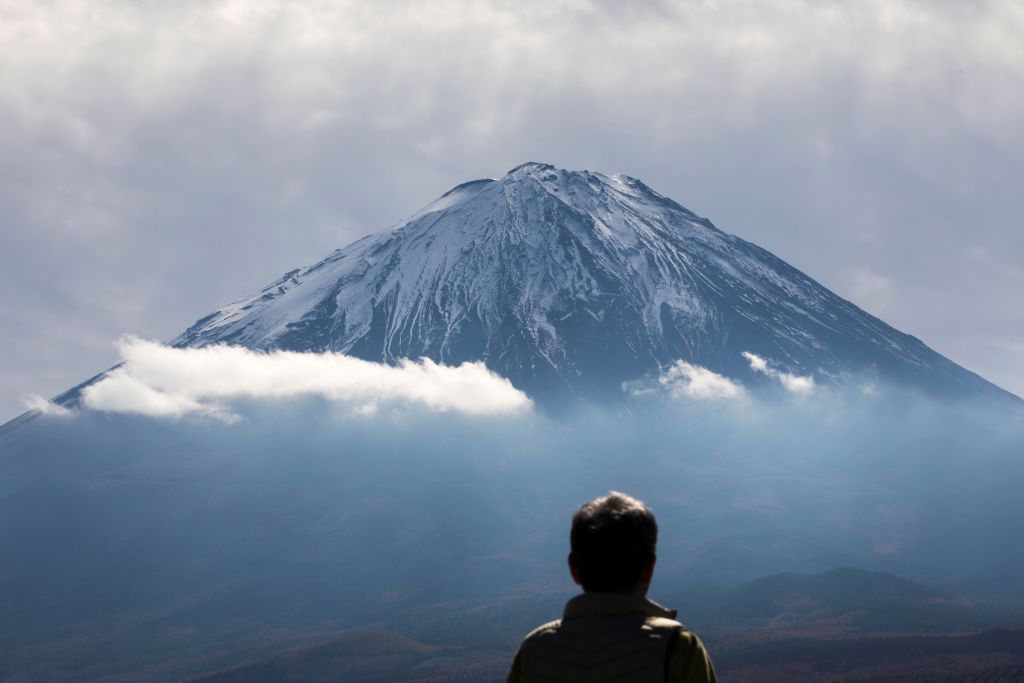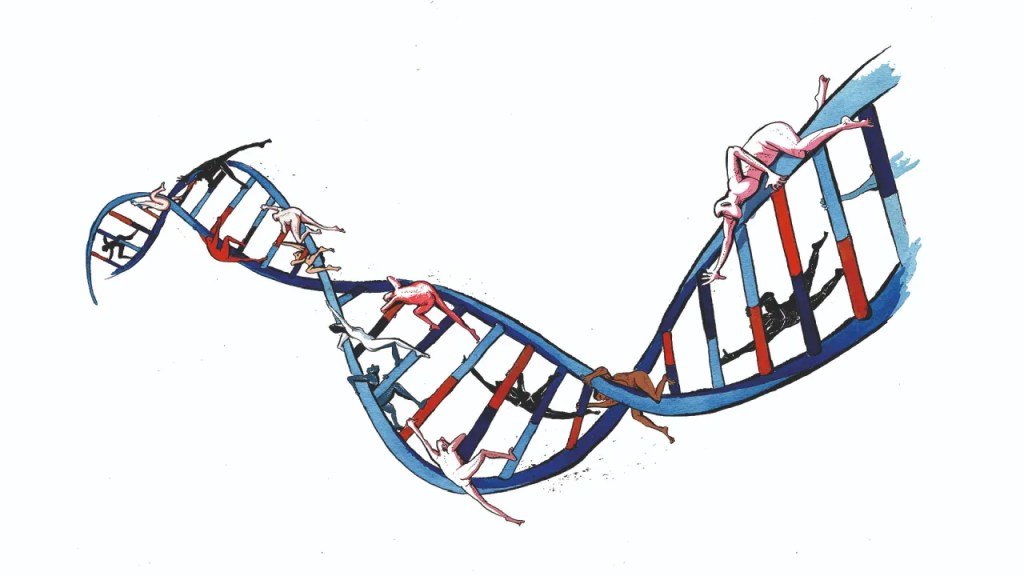Six men have died on Japan’s iconic Mount Fuji since the start of the climbing season in July. This figure, two more than last year, is especially worrying given that steps had only recently been taken to mitigate the dangers of climbing the mountain.
Various restrictions were introduced earlier this year to deal with overcrowding, which has become a feature of the mountain. A cap of 4,000 climbers a day was imposed along with a fee of 2,000 yen (£10). A website giving advice about weather conditions and congestion on the mountain was set up. Prayers were offered in an official ceremony before the climbing season opened.
The lesson from all this is that Mount Fuji is a serious mountain
Probably the most significant measure to deal with overcrowding on Mount Fuji, though, was the installation of a gate at the fifth ‘base’ of the ‘Yoshida’ trail. The gate closes at night and prevents people ‘bullet climbing’ (racing) to the top of the mountain. Bullet climbers might typically begin their ascent in the early evening and make it to the top by 3 a.m. or 4 a.m. They watch the sunrise, then head down in time for breakfast.
The proportion of bullet climbers was estimated at 5 to 7 per cent pre-Covid but surged to 30 per cent afterwards. A slow, patient ascent has become unattractive, for some reason. (In fairness, bullet climbing is cheaper, saving the cost of a night in a mountain hut, which can be up to £80.) This can be a deadly miscalculation. Rush an ascent and you risk altitude sickness, or a fatal misstep and a fall.
Why climb Mount Fuji at all? Almost everyone I know in Japan has done it, but I’ve yet to meet anyone that found it a particularly enjoyable experience. It can be fiercely cold and violently windy, especially at the summit, and the climb can be tedious and exhausting. In Japan, there is a well-known phrase: ‘A wise man climbs Mount Fuji once, but only a fool climbs it twice’.
Some climb the Mountain as a youthful lark, or because everyone else seems to do it – an explanation for much of Japanese life. It can be a sort of cosplay activity, the only mountain some will ever climb and thus a chance to have a go at being Edmund Hillary or Tenzing Norgay. Many of these casual climbers underestimate the difficulty and come ill-prepared – or think shooting up and saving on the price of an overnight hut is risk-free.
Others are truly obsessed and find Mount Fuji mesmerising (think of the effect the Devil’s Tower had on Richard Dreyfuss in Steven Spielberg’s Close Encounters of the Third Kind). This may be rooted deep in the Japanese people’s ancient Shinto traditions and/or a simple matter of aesthetics: Mount Fuji has one the most perfect conical craters in the world. It beckons you. There is also the sense that the mountain is alive, the beating heart of Japan (it’s an active volcano whose next eruption could happen at any time).
This is the second time Mount Fuji has been in the news this year. In May, there was a major controversy over tourists gathering outside a convenience store with a magical view of the mountain… the perfect selfie-spot, in other words. But so many were loitering on the road and, apparently, behaving in an unruly fashion, that the council decided to erect a barrier to block the view.
The lesson from all this is that Mount Fuji is a serious mountain. It should be afforded respect, and its ascent should not be undertaken lightly. I would add that it can be enjoyed in a number of ways. While catching the sunrise might be glorious, I recommend appreciating it from a distance, from the window of the Shinkansen bullet train as it glides through the Shizuoka countryside, or from a rooftop bar in Tokyo on a clear evening, with a glass of sake in hand.








Comments